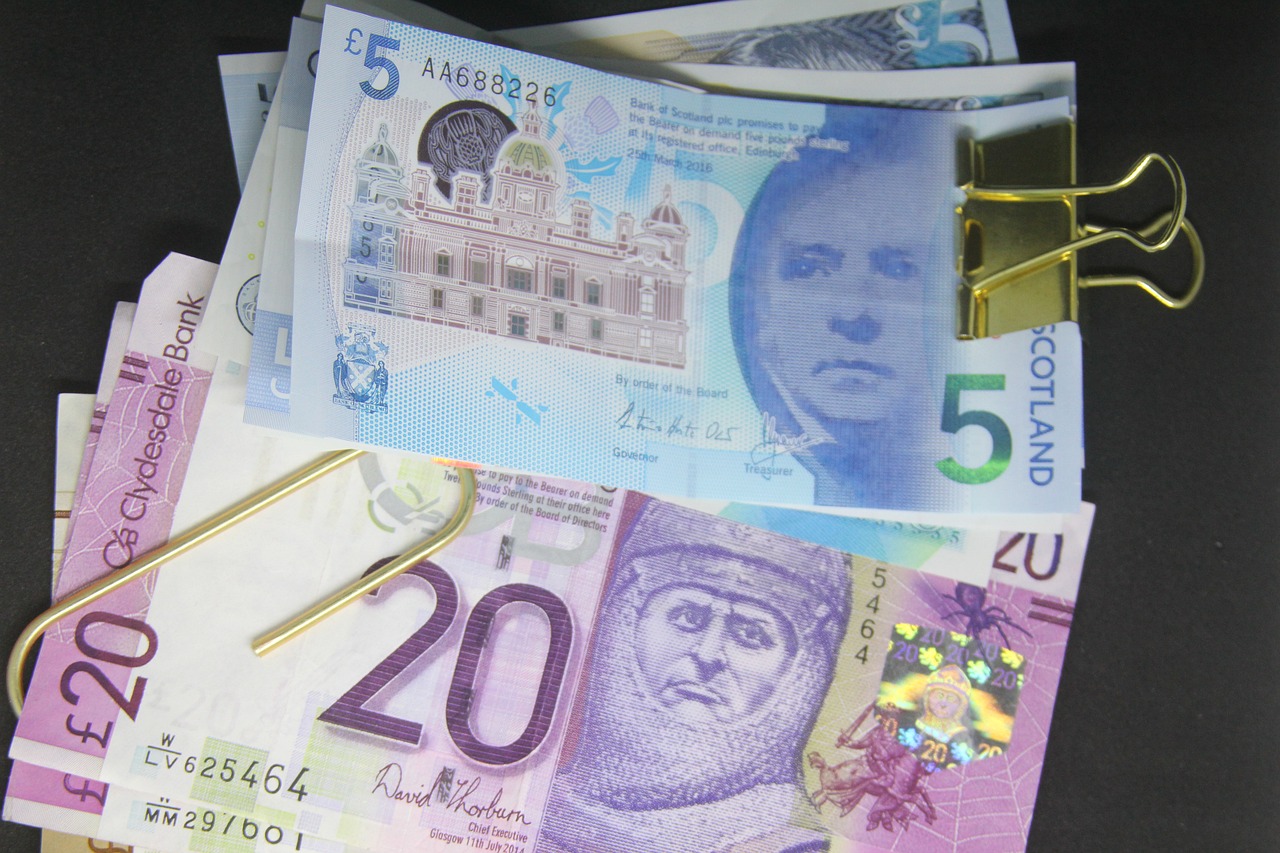Yen to Dollar Conversion: How 100 Yen Translates to USD Over Time and Economic Changes
GPT_Global - 2025-11-18 18:30:22.0 5
How much did 100 yen convert to in US dollars in 2008 during the financial crisis?
During the 2008 financial crisis, global markets experienced significant turbulence, and currency exchange rates were no exception. At the height of the crisis, the Japanese yen appreciated sharply against the US dollar, reflecting investors' flight to safety. At the start of 2008, the exchange rate hovered around 107 yen per US dollar, but as the financial crisis deepened, the yen strengthened. By December 2008, the exchange rate had moved closer to 90 yen per US dollar.
This dramatic shift in currency values meant that 100 yen, which had been worth approximately $0.93 in early 2008, would only convert to about $1.11 by the end of the year. For businesses involved in remittance services, this shift had significant implications. Sending money from Japan to the US became more costly for senders, while recipients in the US received a larger value from their remittance.
For remittance providers, understanding historical exchange rates like these is crucial for offering competitive rates to customers. A solid grasp of currency fluctuations allows businesses to better serve clients, manage exchange risk, and ensure optimal transaction outcomes, especially during times of economic volatility like the 2008 crisis.

Why does the value of the yen fluctuate against the dollar?
Understanding why the value of the Japanese yen fluctuates against the US dollar is crucial for businesses involved in international remittance services. The exchange rate between these two currencies can significantly impact the cost of sending money abroad. Several factors contribute to this fluctuation, including interest rates, inflation rates, and the economic performance of Japan and the US.
One of the main reasons for fluctuations is the difference in interest rates set by the Bank of Japan and the Federal Reserve. When the US raises interest rates, it can attract more investment into US assets, driving up demand for the dollar and weakening the yen. Conversely, when Japan raises interest rates, it can strengthen the yen.
Additionally, economic indicators such as GDP growth, trade balances, and political stability influence currency values. For remittance businesses, understanding these trends is essential to offer competitive exchange rates and ensure cost-effective transfers for customers. Monitoring yen-dollar fluctuations can help remittance companies plan better and minimize risks associated with currency conversion.
How do I convert 100 yen to US dollars manually using the exchange rate?
Converting currency manually is an essential skill, especially for those involved in remittance services. One of the most common conversions is from Japanese yen (JPY) to US dollars (USD). To convert 100 yen to US dollars manually, the first step is to check the current exchange rate between the two currencies. The exchange rate fluctuates, so it's important to get the most up-to-date rate. For example, if the exchange rate is 1 USD = 140 JPY, you can divide 100 yen by 140 to get the equivalent in US dollars.
Here's the formula to use: 100 yen ÷ 140 (exchange rate) = 0.714 USD. Therefore, 100 yen is equivalent to 0.714 US dollars based on this exchange rate. It's crucial to remember that exchange rates can vary depending on market conditions, so the rate used for conversion will differ from day to day. Additionally, remittance services may charge a small fee, which could slightly affect the final amount received by the recipient.
For businesses in the remittance industry, providing accurate conversion rates and offering transparency in fee structures is key to maintaining customer trust. By understanding currency conversion, you can ensure efficient and cost-effective transfers for your clients.
How much would 100 yen be worth in US dollars at different exchange rates (e.g., 1 USD = 120 yen)?
Understanding currency exchange rates is crucial when sending money internationally. For remittance businesses, knowing how much 100 yen is worth in US dollars at different exchange rates can help both senders and receivers make informed decisions about their transactions. Exchange rates fluctuate regularly, affecting the final amount received after conversion.
For example, if the exchange rate is 1 USD = 120 yen, then 100 yen would be worth approximately 0.83 USD. On the other hand, if the exchange rate changes to 1 USD = 110 yen, 100 yen would only be worth about 0.91 USD. This difference can have a significant impact on remittance transfers, especially when sending larger amounts over time.
Remittance businesses should track exchange rates and offer competitive rates to help customers get the most value for their money. By understanding these fluctuations, customers can better plan their transfers, ensuring that their loved ones receive the maximum amount of money possible. Always be mindful of the current exchange rates to optimize the remittance process.
Is it more beneficial to convert 100 yen to dollars now or wait for a better exchange rate?
When considering whether to convert 100 yen to dollars now or wait for a better exchange rate, it’s important to weigh the potential benefits of timing against the risks of fluctuating currency values. Exchange rates often fluctuate due to various factors like market conditions, geopolitical events, and economic indicators. Predicting these changes can be challenging, which is why many people in the remittance business prefer to act when the rate is favorable rather than gamble on future fluctuations.
For those sending money abroad, waiting for a better rate may seem tempting, but currency exchange rates can also move unpredictably, resulting in a worse deal if you wait too long. In contrast, converting currency when the rate is relatively strong can provide immediate cost savings and peace of mind.
If you frequently send money or engage in remittance, it’s beneficial to keep an eye on trends and use tools like exchange rate alerts. This allows you to make informed decisions when the rate is favorable. In the end, working with a trusted remittance provider ensures you can convert currency securely and efficiently, no matter when you choose to make the exchange.
How does the strength of the US dollar affect the conversion of 100 yen to dollars?
The strength of the US dollar plays a significant role in the conversion rate when sending remittances from Japan or other countries with a yen-based economy. When the US dollar is strong, it typically results in fewer dollars for every 100 yen exchanged. This is crucial for people sending money from Japan to the United States or vice versa, as they may see a reduced value for their remittance if the dollar is stronger.
For remittance businesses, understanding currency fluctuations is vital for offering competitive rates to customers. A strong dollar means that individuals may receive less money for the same amount of yen, leading to a lower value in their remittance transfer. Conversely, if the US dollar weakens, more dollars are received for every 100 yen sent.
Therefore, remittance businesses must monitor global currency trends to ensure their rates remain fair and competitive, keeping the costs of sending money reasonable. It's essential for both businesses and customers to stay informed about the strength of the US dollar when planning international money transfers.
What should I know about currency exchange when changing 100 yen to US dollars in Japan?
When exchanging 100 yen to US dollars in Japan, it's important to understand the process and factors that can impact the exchange rate. Currency exchange rates fluctuate due to market conditions, so it’s crucial to check current rates before making any transactions. Banks, currency exchange offices, and international remittance services are popular places to exchange yen for dollars, but their rates and fees may vary.
Before exchanging your currency, compare the rates offered by different providers. Some may offer better rates but charge higher service fees, while others might offer lower rates but no fees. Additionally, consider using remittance services that offer competitive rates and low transfer fees for larger sums. For those sending money abroad, it’s wise to use services that specialize in international remittances, ensuring a seamless and cost-effective exchange.
For those planning to exchange a small amount like 100 yen, the difference in exchange rates might be minimal, but it’s still advisable to avoid the high fees of tourist-heavy areas or airports. By doing a little research and choosing the right exchange option, you can maximize the value of your money while minimizing fees when converting yen to dollars in Japan.
Can you show me how to convert 100 yen to dollars with a calculator?
When sending money internationally, understanding currency conversion is crucial. If you're planning to convert 100 yen into US dollars, a calculator can help make the process quick and easy. The first step is to check the current exchange rate between Japanese Yen (JPY) and US Dollars (USD). Exchange rates fluctuate daily, so it's essential to have up-to-date information.
To convert 100 yen to dollars using a calculator, simply divide the amount in yen by the current exchange rate. For example, if the exchange rate is 1 JPY = 0.0069 USD, you would calculate 100 JPY ÷ 145.0 (current exchange rate) = 0.69 USD. Therefore, 100 yen would equal approximately 0.69 US dollars.
Many remittance services offer online calculators to help customers quickly and easily determine the value of their money in different currencies. By using these tools, you can ensure you're getting the best rates when transferring funds across borders. Always remember to check for any additional fees that might affect the final amount you receive or send.
About Panda Remit
Panda Remit is committed to providing global users with more convenient, safe, reliable, and affordable online cross-border remittance services。
International remittance services from more than 30 countries/regions around the world are now available: including Japan, Hong Kong, Europe, the United States, Australia, and other markets, and are recognized and trusted by millions of users around the world.
Visit Panda Remit Official Website or Download PandaRemit App, to learn more about remittance info.



